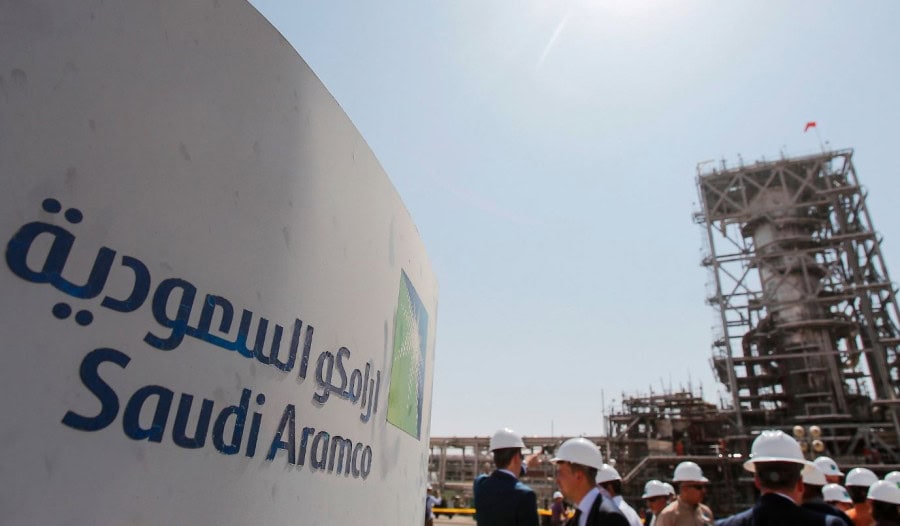Islamabad: Saudi Arabia, the world’s largest oil exporter, may reduce October prices for the majority of the crude grades it exports to Asia after spot premiums fell as the region’s oil prices were placed under pressure by weak gasoline demand and rising arbitrage shipments.
The official selling price (OSP) for Saudi Aramco’s trademark Arab Light crude may be reduced by approximately $4.50 per barrel in October.
After raising September OSPs to record high levels of $10.95 per barrel for Arab Extra Light against the Oman/Dubai average and $9.80 per barrel for Arab Light, it would be the first price drop for Saudi Arabia in four months.
Spot premiums for regional benchmarks Dubai, Oman and Murban plummeted in August as fears over a global recession and the narrowing spread between Dubai- and Brent-linked grades dented demand for Middle Eastern crude oil.
When setting pricing, Saudi Arabia frequently draws inspiration from Dubai’s market structure, which represents the price spread between the first and third months. The spread decreased by roughly $4.26 per barrel in August.
“Asia’s overall demand is not particularly high. Supply concerns have generally subsided as more arbitrage cargoes from the United States and West Africa enter Asia.”
China, the world’s largest oil importer, may still see low gasoline consumption despite predictions of recovering demand from Indonesia and India once the monsoon season ends in late September. This is because China continues to struggle with COVID-19 limits.
To balance the oil market, certain significant oil producers, such as Saudi Arabia and the United Arab Emirates, have hinted at the introduction of production restrictions. View More
The Saudi crude OSPs, which affect the pricing of more than 9 million barrels per day (bpd) of crude destined for Asia, are typically announced around the fifth of every month. They set the trend for Iranian, Kuwaiti, and Iraqi prices.
Saudi Aramco bases the cost of its crude on suggestions from clients as well as an analysis of the change in the oil’s value over the previous month using yields and product prices.
As a matter of policy, representatives of Saudi Aramco refrain from commenting on the country’s monthly OSPs. — Agencies










